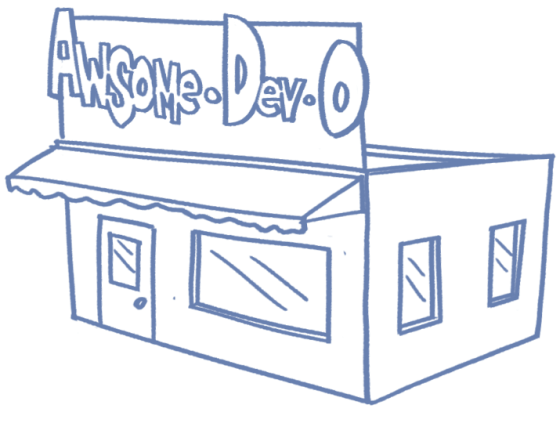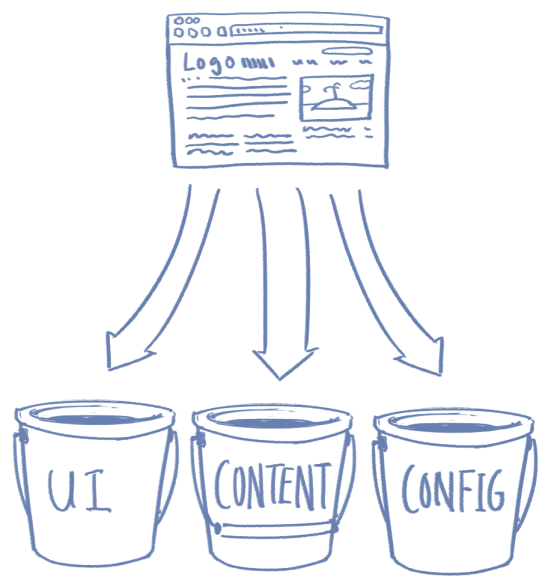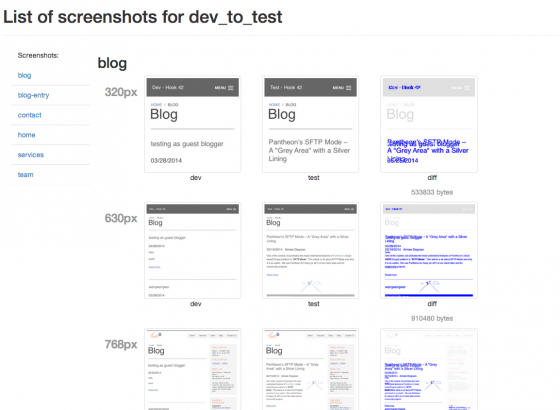Writing My First Drupal 8 Module
While it’s amazing how easy it is for an experienced Drupal 7 site builder to get around using the Drupal 8 UI, the same is not true for writing code for D8. As has been made clear for years now, Drupal 8 is very different inside. Many of the hooks we know and love have gone away, most procedural code has been replaced with interfaces, classes, and methods, and there are scads of YAML (Yet Another Markup Language, .yml file extension) files that wire everything together. How does a developer get her/his footing in this slippery new landscape?









